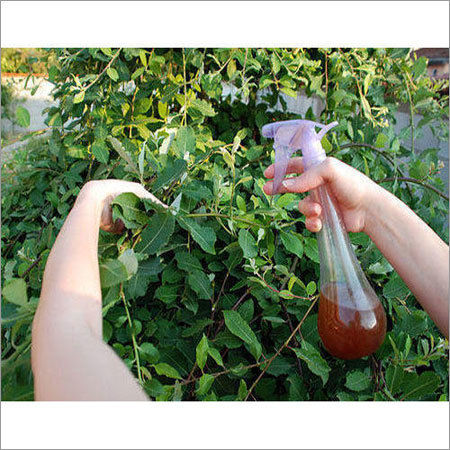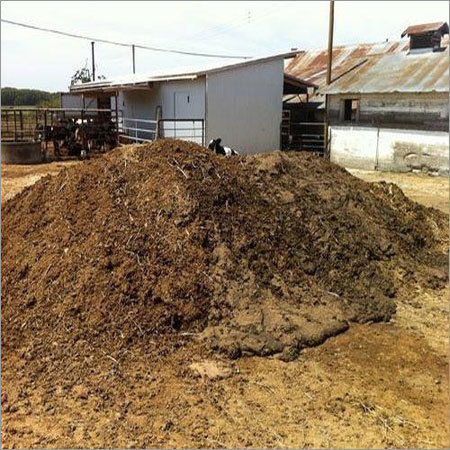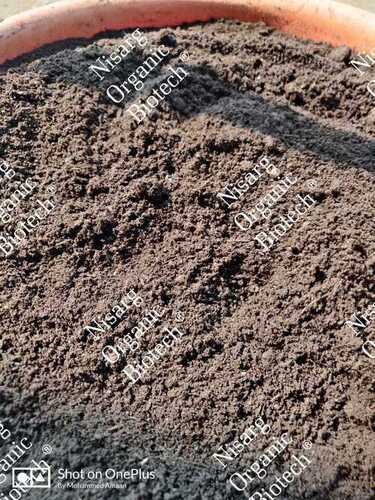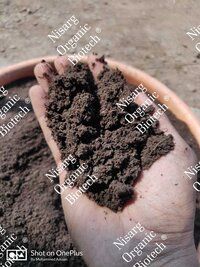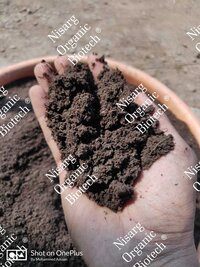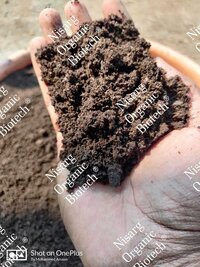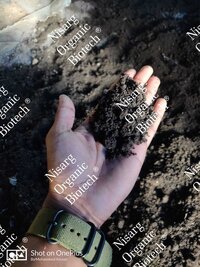Using mushroom compost for plants can provide several benefits to your garden or crops. Here's a guide on how to use mushroom compost effectively: Soil Amendmen-
- Mixing into Soil: Blend mushroom compost into your existing soil. This helps improve soil structure, water retention, and nutrient levels.
- Raised Beds and Containers: Incorporate mushroom compost into the soil mix for raised beds or containers. It adds organic matter and nutrients, creating a fertile growing environment.
-
Planting Preparation:
- New Plantings: Prior to planting new crops or flowers, work mushroom compost into the soil. This creates an enriched planting bed.
- Amending Existing Beds: Apply mushroom compost to the surface of established beds and lightly mix it into the top few inches of soil.
-
Top Dressing:
- Around Plants: Spread a layer of mushroom compost around the base of established plants. This serves as a top dressing, supplying nutrients and improving moisture retention.
-
Mulching:
- Mulch Layer: Use mushroom compost as a mulch around plants. This helps conserve moisture, suppress weeds, and gradually releases nutrients into the soil as it breaks down.
-
Vegetable Gardens:
- Vegetable Bed Preparation: Work mushroom compost into the soil of your vegetable garden before planting. Vegetables generally benefit from the rich organic matter and nutrients.
-
Container Gardening:
- Potting Mix: Include mushroom compost in your potting mix for container plants. It provides a well-balanced mix of nutrients and improves the structure of the growing medium.
-
Established Lawns:
- Top Dressing for Lawns: Spread a thin layer of mushroom compost over established lawns. This can improve soil health and contribute to a lusher, healthier turf.
-
Application Rates:
- Consideration of Plant Needs: Adjust the amount of mushroom compost based on the needs of different plants. Some plants may require more or less organic matter and specific nutrient levels.
-
pH Monitoring:
- pH Levels: Mushroom compost tends to be slightly alkaline. Monitor the pH of your soil and adjust as needed, especially if your plants prefer slightly acidic conditions.
-
Caution with Sensitive Plants:
- Certain Plants: Some plants, especially those that prefer acidic soils, may not thrive with the alkaline nature of mushroom compost. Be cautious with acid-loving plants like blueberries and azaleas.
- Compost Maturity:
- Well-Rotted Compost: Ensure that the mushroom compost is well-rotted and fully composted before application. This helps avoid issues with excessive nitrogen or potential pathogens.
Always follow guidelines for specific application rates and consider the specific needs of your plants. As with any soil amendment, moderation is key, and it's advisable to monitor the overall health of your plants to ensure they are responding positively to the addition of mushroom compost.




